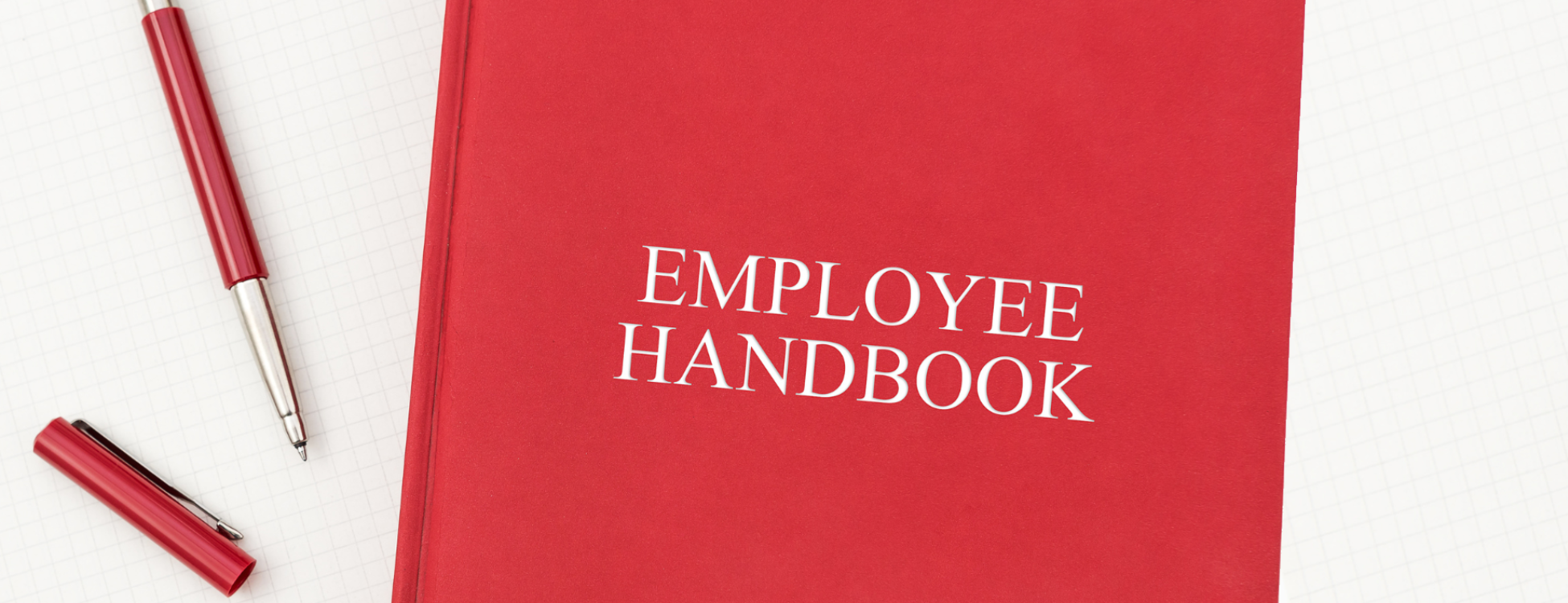
Keys to an Effective Employment Manual
By Daniel M. Eggleston, Esq. and Taiwo O. Adeniyi, Esq.
Lee/Shoemaker PLLC
The prudent design firm should treat its employment manual as tool in its toolbox that can contribute to a healthy workplace and ensure synergy between the employer and its employees. An effective employment manual informs employees of the firm’s culture, workplace policies, and sets expectations for employee performance. Employees who have a clear understanding of their employer’s policies and values are more likely to perform their duties accordingly. For employers, a well-written manual can reduce employee lawsuits and claims through achieving more consistent application of company policies.
Use Clear and Consistent Language
An effective employment manual uses clear and consistent language its employees can understand. While design professionals often use vocabulary that is unique to their discipline, an employment manual needs to convey information in a manner that can be understood by staff whose backgrounds and job duties may vary greatly. When using technical or legal terms, be sure to provide clear definitions and instruct employees to ask questions if they do not understand a particular term or policy. An employment manual should be treated as a “living document” that leadership routinely reviews and improves so that it evolves alongside the company.
Address Applicable Laws and Regulations
In addition to communicating a design firm’s values and policies, an employment manual should address applicable laws and regulations. What laws and regulations apply often depends on the size of the firm (that is, the number of employees) and the jurisdiction(s) in which the firm provides professional services. The era of remote workers adds an additional compliance consideration. Typically, the laws of the state where an employee is physically located will govern their employment, even though the employer is located in another state. For example, a California-based engineering firm may have to follow Maryland law with respect to its remote engineer who lives in Maryland. In order to fully appreciate the potential patchwork of laws that your firm’s employment manual must follow, consult with an attorney who understands your business.
Explain Your Policies and Have Employees Acknowledge Them
In addition to educating employees on applicable laws and regulations, an employment manual should address all critical aspects of employment with the company. A few examples include compensation and benefits, the status and classification of the employee (for example, is employment “at-will” or subject to a contract?), performance criteria, attendance and paid-time-off policies, and technology and social media usage guidelines. It is important to include a section for employees to sign acknowledging that they have received, reviewed, and understand the contents of the manual, as this may reduce employee claims and lawsuits while also encouraging employees to seek clarification from the company on potentially ambiguous policies.
Conclusion
The employment manual is a useful tool for design professionals that educates employees regarding their duties and responsibilities, explains the company’s core values, and protects the firm from claims by employees. These manuals are not “one size fits all,” and many factors affect what information should be included, such as firm location and size, the locations(s) of its employees, and the culture and values that distinguish a design firm from its competitors. If you are considering implementing an employment manual or if you are unsure whether your current manual aligns with the legal landscape, consider asking your attorney for assistance.
Daniel M. Eggleston and Taiwo O. Adeniyi are lawyers at Lee/Shoemaker PLLC, a law firm devoted to the representation of design professionals, in DC, Maryland, and Virginia. The content of this article was prepared to educate related to potential risks, but is not intended to be a substitute for professional legal advice.
